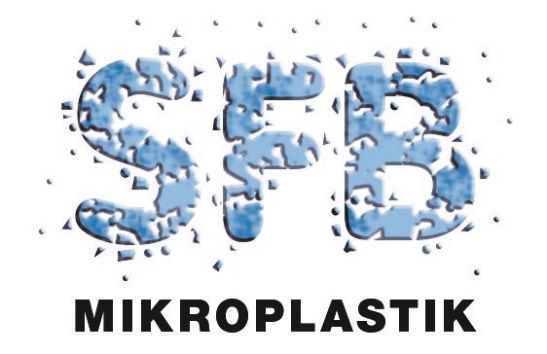
We are very much looking forward to Dr Julia Möller, Soil Physics and Land Management, Wageningen University & Research, with the lecture "Are compostable plastics truly “green”? – An ongoing investigation“, on Monday, 28 July at 12:15 (CEST) in H33, INF/AI or online.
...more

Studies investigating microplastics in the human body continue to appear. It has been found throughout the body - an assessment by Prof Laforsch of how dangerous it is for humans, in the free podcast or in the article (with paywall).
...more
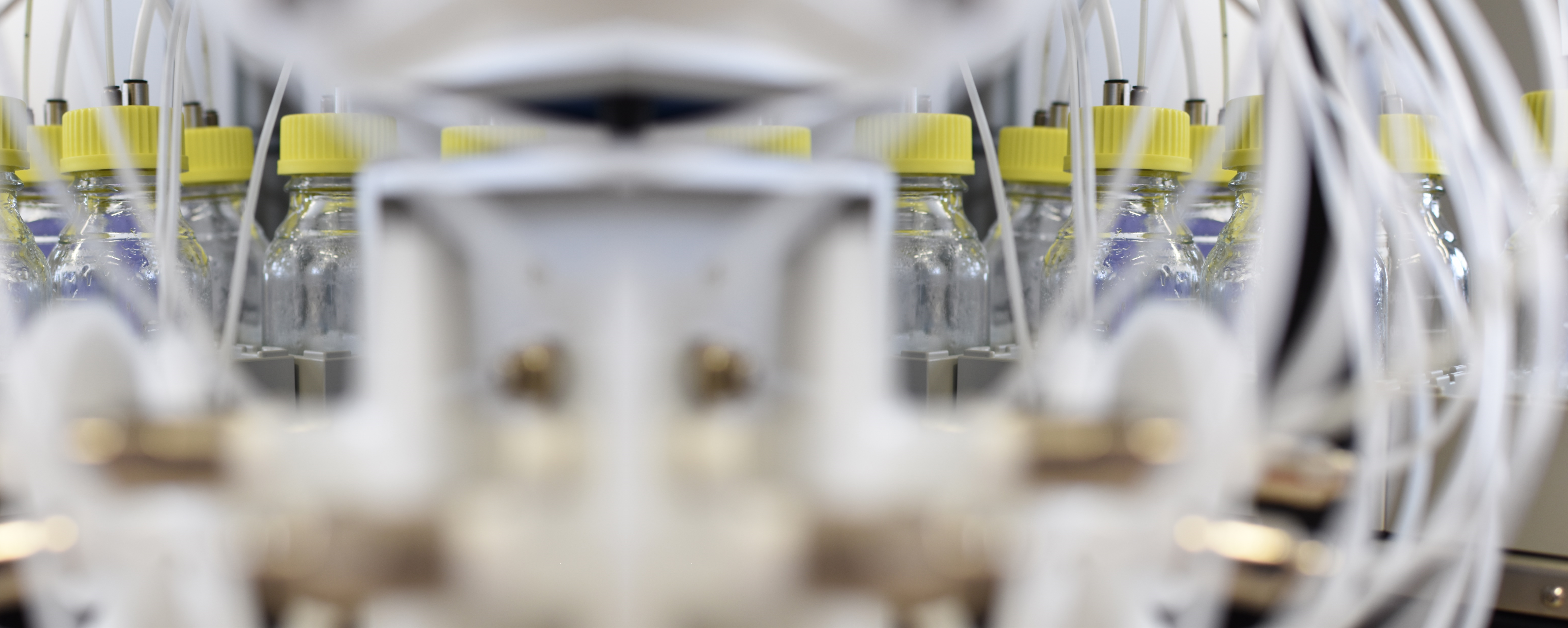
Glückwunsch an unser C03 Team! Der Artikel "Degradation Behavior of Aliphatic−Aromatic Polyesters: from Microplastic-free Composting to Enzyme-Driven Recycling Possibility" zeigt dass Struktur-Eigenschafts-Abbau-Beziehung wichtig sind um nachhaltige Polymere mit maßgeschneiderten Abbauprofilen zu entwickeln.
...more
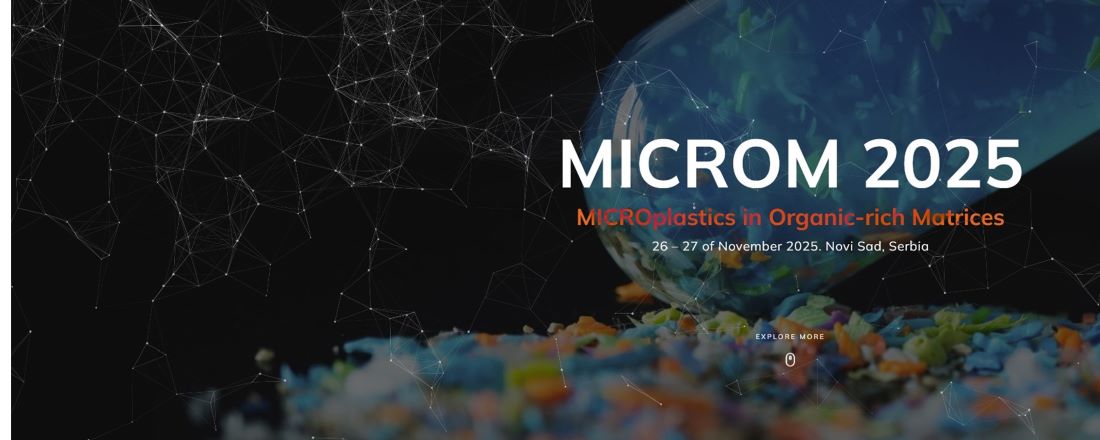
This conference provides a platform for scientific exchange, innovative solutions, and collaborative efforts toward mitigation strategies. Early registration deadline 20th of April 2025.
...more

As asparagus and strawberry season begins, we explore whether microplastics are present in agricultural soils, their sources, and how they affect plants and food production.
Listen to the insightful report by Margarete Holzreiter featuring Christian Laforsch (in German).
...more
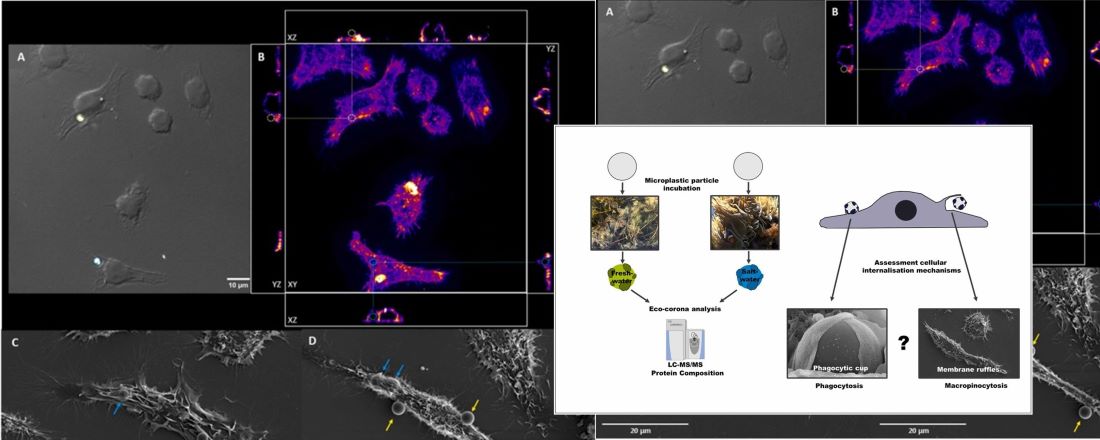
Published in the Journal Hazardous Materials: Cellular internalization pathways of environmentally exposed microplastic particles: Phagocytosis or macropinocytosis?
...more
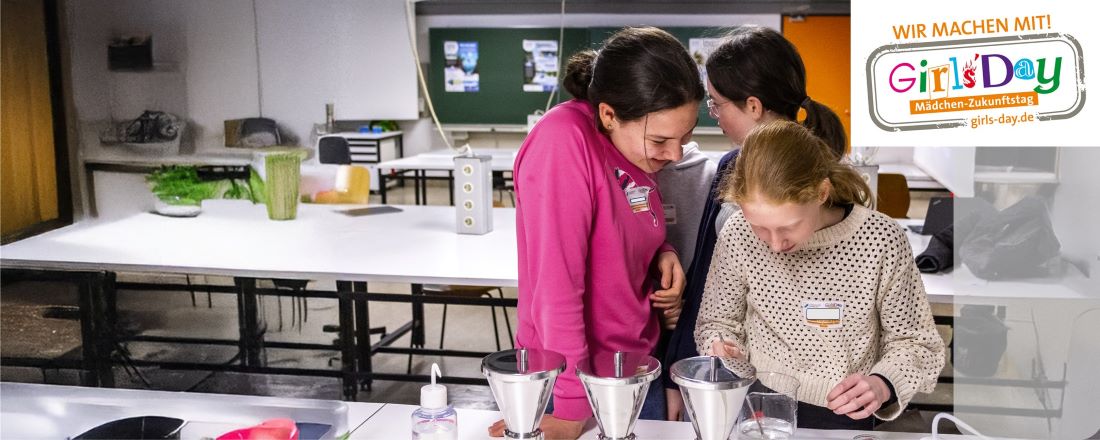
Experimenting, measuring, observing and learning about the growing pollution with microplastics - this year, too, interested young women visited us to learn about the topic of microplastics and life and work at a university.
...more
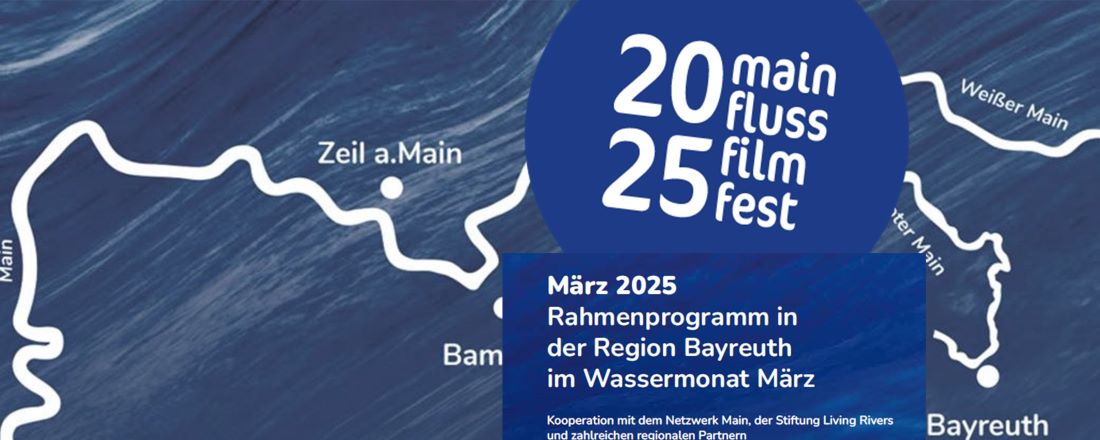
The events for young and old: exhibition, lectures and film programme for children are a great success. A few impressions under:
...more

